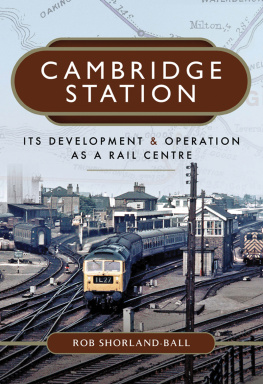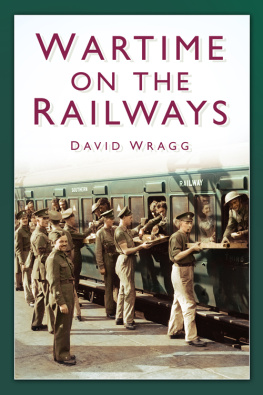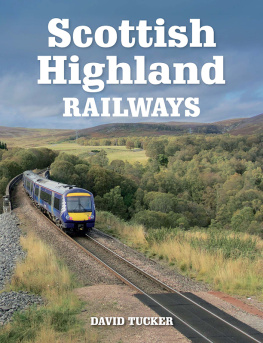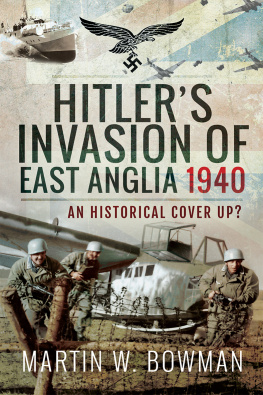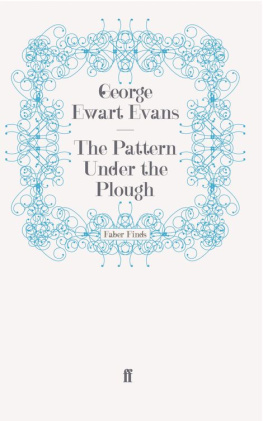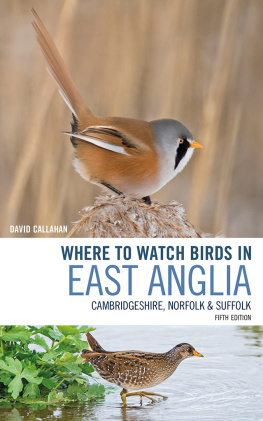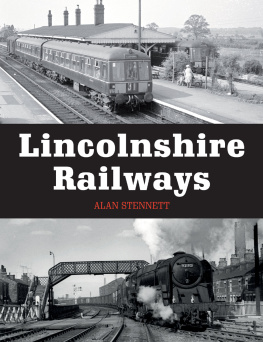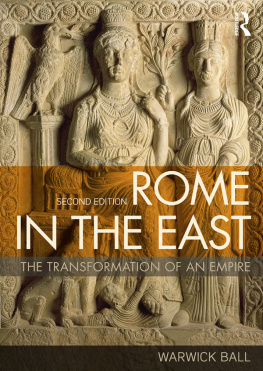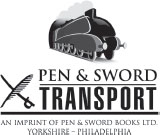
: Saxmundham Junction Signal Box. A DMU, from which this picture was taken on 26 June 1965, is taking the Aldeburgh Branch which curves away to the right and becomes single track. The double track main line is the East Suffolk line from Ipswich to Saxmundham, Halesworth and Lowestoft.
THE MINOR RAILWAYS OF EAST ANGLIA
DEVELOPMENT DEMISE AND DESTINY
ROB SHORLAND-BALL
First published in Great Britain in 2020 by
Pen and Sword Transport
An imprint of
Pen & Sword Books Ltd
Yorkshire - Philadelphia
Copyright Rob Shorland-Ball, 2020
ISBN 978 1 52674 481 4
eISBN 978 1 52674 482 1
Mobi ISBN 978 1 52674 483 8
The right of Rob Shorland-Ball to be identified as Author of this work has been asserted by him in accordance with the Copyright, Designs and Patents Act 1988.
A CIP catalogue record for this book is available from the British Library.
All rights reserved. No part of this book may be reproduced or transmitted in any form or by any means, electronic or mechanical including photocopying, recording or by any information storage and retrieval system, without permission from the Publisher in writing.
Illustrations are from the authors collection or, with their permission to him, from Dr Ian Allen, John Aves, Tim Edmonds, Anthony (Tony) Kirby, David Lee, John Mann, Blake Paterson, Online Transport Archive (Peter Waller), Ken Penrose, Prof. Peter Rowlinson and Commissioning Editor John Scott-Morgan. I am a long-time keen photographer, and have accumulated my collection from my time working on BR in the 1950s and 1960s; at the National Railway Museum (1987-94); and as an active member of the Railway Study Association since 1988. I always try to contact all possible copyright holders and check any unacknowledged illustrations with forensic image search engines. I can be contacted at
Pen & Sword Books Ltd incorporates the Imprints of Pen & Sword Books Archaeology, Atlas, Aviation, Battleground, Discovery, Family History, History, Maritime, Military, Naval, Politics, Railways, Select, Transport, True Crime, Fiction, Frontline Books, Leo Cooper, Praetorian Press, Seaforth Publishing, Wharncliffe and White Owl.
For a complete list of Pen & Sword titles please contact
PEN & SWORD BOOKS LIMITED
47 Church Street, Barnsley, South Yorkshire, S70 2AS, England
E-mail:
Website: www.pen-and-sword.co.uk
or
PEN AND SWORD BOOKS
1950 Lawrence Rd, Havertown, PA 19083, USA
E-mail:
Website: www.penandswordbooks.com
ACKNOWLEDGEMENTS
W hen my Commissioning Editor, John Scott-Morgan, suggested that I should research and write a book about the minor railways of East Anglia I was very tempted. This book has been a good excuse for revisiting memories from the 1950s and 1960s and sharing those memories in a form which, I hope, will perpetuate them.
I grew up and was at school in Cambridge so took the opportunity of watching, photographing and travelling on many of the minor railways to and from Cambridge or further afield in East Anglia. BR was beginning to introduce diesel railbuses and diesel multiple units (DMUs) providing a unique opportunity to sit at the front and share a drivers eye view of the journey. (below) shows one of the diesel railbuses that I remember and the front view it offered which was impossible in steam days.
My grammar school in Cambridge was the Cambridge and County High School for Boys and the County in the title reflected the journeys that many pupils made by train to school. I had friends from Swavesey, Bartlow and Whittlesford, for instance, and some of their memories have enhanced the stories I am telling.
I have acknowledged several of these friends, and other contacts below, because they have given me pictures for this book. I am adding here several people and sources who have also been very informative and helpful: Graham Burling, whom I first met as a clerk at Long Stanton Station where I was a summer-contract cut-flower clerk; Robert Humm, suggesting a definition for a minor railway; Honorary Minor Canon Daniel Jones for suggestions on the contextual meaning of minor; John Jones (Association for Industrial Archaeology), with information on: Brick Kiln, built by Major General Sir Robert Harvey, 1847 in which year two Millions of Bricks were burnt for the Railway; Michael Perrins, railway archivist, librarian, much respected and valued critic/proofreader; Ralph Potter, a former BR signal engineer; Peter Wakefield, whose father was Station Master at Swavesey, then Oakington, then i/c St Ives; and Robin Whittaker, BR 1959-1995.


